
Selecting the right dehumidifier is a minefield for many people as brands send out conflicting information trying to persuade consumers to buy. Do you need a desiccant dehumidifier or a compressor model? Our sales are fairly even between the two technologies which puts us in an unique situation to provide unbiased advice.
There are two types of dehumidifiers: desiccant and compressor. At Meaco, we manufacture and sell an equal amount of both types of technologies, so we are uniquely placed to give unbiased advice on which would be best for your needs. Both types of appliance will help prevent mould and damp by extracting water.
Because there are two different types of dehumidifier technology on the market, confusion comes when someone has to decide which one to buy. Below is a cut-and-keep guide to making the right choice.
Generally speaking, a compressor dehumidifier is suitable for a room with an air temperature above 10°C, and a desiccant dehumidifier is more suited for temperatures below 10°C.
So, there are 6 key factors which may help you decide whether a desiccant or compressor dehumidifier suits you best:
- What is the temperature of the space you want to use your dehumidifier?
- Will a dehumidifier keep the room warm and dry?
- Can a dehumidifier dry laundry?
- How much does a dehumidifier weigh and how easy is it to move around?
- How much does a dehumidifier cost to run?
- And how much noise does a dehumidifier generate?
Compressor dehumidifiers are the established way of doing things having been around for 50+ years. They work by creating a cold surface and when the warm, damp air from within the room comes into contact with the cold surface, condensation forms, and the water is removed from the air. Jump to the comparison table.
A desiccant dehumidifier has no compressor and does not use a cold surface to extract the excess moisture from the air. Instead, it has a desiccant wheel that absorbs the moisture from the air, in a similar way to a sponge. The desiccant is regenerated by an internal heater and fan so that the process can be repeated time and time again. Jump to the comparison table.
Main applications to consider when choosing between dehumidifier types:
Which type of dehumidifier is best for cold or cooler conditions (temperature is below 10°C)? When the room air temperature is likely to fall below 10°C, for example in a conservatory, garage or colder home, a desiccant dehumidifier is the most suitable type. This is because, desiccant dehumidifiers maintain a consistent performance, regardless of the surrounding temperature.
Compressor dehumidifiers, on the other hand, need the inside of the machine to be colder than the air within the room in order for it to perform correctly. So, the colder the room, the harder the dehumidifier has to work to create that cold surface. As the temperature starts to fall down towards 10°C, the chances are that the inside of the dehumidifier will get close to freezing, increasing the chances of ice forming on the dehumidifier’s cooling coils. Below 10°C, compressor dehumidifiers are programmed to spend more and more of their time defrosting themselves rather than dehumidifying.
Pictured: Desiccant dehumidifiers are recommended for cold rooms although the MeacoDry Arete® One compressor dehumidifier also works well.
As a rule of thumb we would always recommend a desiccant dehumidifier if the room temperature is below 10°C, a desiccant dehumidifier or a large compressor dehumidifier (either a 20L or 25L) if the room temperature is between 10°C and 15°C and any type of dehumidifier, including a small compressor dehumidifier (10L or 12L), if the room temperature is above 15°C.
Below 10°C: desiccant dehumidifier only
Between 10°C and 15°C: desiccant dehumidifier or a large compressor dehumidifier (20L or 25L)
Above 15°C: desiccant dehumidifier or any size compressor dehumidifier (10L, 12L, 20L or 25L)
Small compressor dehumidifiers used in rooms below 15°C and large compressor dehumidifiers used in rooms below 10°C will not perform well. Having said that, you will see that both of the larger MeacoDry Arete® One dehumidifiers are Which? Best Buys and in their reviews found that they both performed better than expected at 10°C and that the 25L model was exceptional. Desiccant dehumidifiers (such as the Meaco DD8L) will perform the same regardless of the room temperature.
Desiccant dehumidifiers are recommended for cold rooms although the Arete® One 20L and 25L compressor dehumidifiers also work well, as you can see here in the classic car garage.

Which type of dehumidifier is best to keep your house warm and dry?
Most customers are looking for a dehumidifier to keep their home condensation free. Or to tackle the problem of too much humidity in the air causing damp and mould. They need a dehumidifier that will take excess moisture out of the air, and some also like it to warm up the room where it’s operating.
Both compressor and desiccant dehumidifiers will warm the air up slightly – the air naturally warms up as it passes through the dehumidifier. The air coming out of the compressor dehumidifier will be about 2°C warmer. This will not warm up the room the dehumidifier is being used in (and will actually feel cold to touch! This is because the air is moving). However,the air coming out of a desiccant dehumidifier will be about 10-12°C warmer and will have a significant impact on the temperature of the room its being used in – think of it as a 2 in 1 dehumidifier and heater!
So, if you are putting the dehumidifier into a hallway that is on the chilly side, the desiccant dehumidifier makes sense. If the hallway is already nice and toasty then the compressor dehumidifier is the correct option.
So, for a cold room – the winner is desiccant. For a warm room – the winner is compressor.
Is a desiccant dehumidifier good for drying laundry?
Drying washing indoors is one of the most common reasons why homes suffer from condensation, damp and mould. Laundry dries because the air around it is drier than itself. So the washing gives up the moisture in order to be in equilibrium with its surroundings. However, the moisture from the laundry has to go somewhere and this leads to condensation, damp and mould. Using a dehumidifier not only creates a dry atmosphere and blows air across the wet washing speeding up its drying time, it also captures the excess moisture from the clothes and prevents it from causing problems in your house such as condensation, damp or mould.
Drying washing using a dehumidifier works in the same way as drying the laundry on a line in the summer – honest! The laundry dries fastest outside on a dry, warm, windy day. And the laundry inside will dry faster if the warm, dry air created by the dehumidifier hits the clothes.
Both desiccant and compressor dehumidifiers are good at drying laundry. A desiccant dehumidifier tends to have a larger top speed air flow than a compressor dehumidifier and the air coming out of the dehumidifier is warmer (giving it that extra edge).
The DD8L Zambezi has a unique low energy drying cycle for laundry which makes it the best desiccant for drying laundry, as well as a lourve which directs the airflow onto the clothes. Although compressor dehumidifiers don’t have the additional heat they are cheaper to run and therefore can dry a load of laundry at less of a cost than a desiccant. Many compress dehumidifiers, including our MeacoDry Arete® One range, have dedicated laundry modes to dry your laundry in 6 hours.
For drying washing, the winners are the DD8L Zambezi and for low cost drying the MeacoDry Arete® One range.
Pictured: Desiccant dehumidifiers can be used to dry washing cost-effectively.
Product features to consider before purchasing:
Planning on moving the dehumidifier around the house? You’ll need to know which weighs less, a desiccant or compressor dehumidifier.
However, there may be times when you want to move the dehumidifier around. For example, you might have built-in wardrobes in a bedroom that are prone to mould growth. You might have the dehumidifier upstairs on the landing but need to move it downstairs to dry the washing, or you might like to move it into a conservatory now and again or use it to dry out a poorly ventilated bathroom.
Compressors add about 6 kilograms to the weight of a dehumidifier, so carrying a desiccant dehumidifier around is a lot easier than carrying a compressor dehumidifier around. However, most compressor dehumidifiers come with castors, making them more portable.
Carrying your dehumidifier – the winner is desiccant.
Energy Consumption – how much does a dehumidifier cost to run?
Customers are understandably interested in how much it costs to run a dehumidifier. Compressor dehumidifiers are in general cheaper to run. However, a desiccant releases its extra energy as heat. So there will be a cost to run your dehumidifier, but you are getting heat back into your home, meaning you can reduce your central heating accordingly. And that has a positive knock-on effect on your bills. You have to decide if you want or need this additional warmth or if you just want the cheapest dehumidifier to run.
For example, in our compressor range, we have the Meaco Low Energy 12L Dehumidifier, running at just 4p / kWh as well as our MeacoDry ABC 12L, running at just 4p / hour based on 26.35p / kWh. That means, you can have the dehumidifier on 24 hours a day, maintaining your home humidity levels for just 96p per day.
So, for low energy and low cost operation – the winner is compressor dehumidifiers.
The good thing is, whichever dehumidifier you choose, a compressor or a desiccant, the dehumidifier will be removing cold, damp air from your home, meaning you don’t have to put your heating on as high – saving you money on your energy bills!
Noise levels – how much noise does a dehumidifier make?
This is an area where dehumidifiers have changed a lot over the past 5-10 years. It used to be the case that a desiccant dehumidifier on low fan speed was your quietest option, but a few years ago the MeacoDry ABC Range changed all of that with 10 and 12l models at just 36dB (close to the sound of a whisper). And then, we changed it again with the new Arete® One 10 and 12L compressor dehumidifiers which are even quieter at 35dB. So you can now buy a dehumidifier that is the quietest and cheapest to run.
For quiet operation, the winner is Meaco ABC 10L and 12L and MeacoDry Arete® One 10 and 12L Dehumidifier and Air Purifier. These dehumidifiers are all a whisper-quiet 35/36dB.
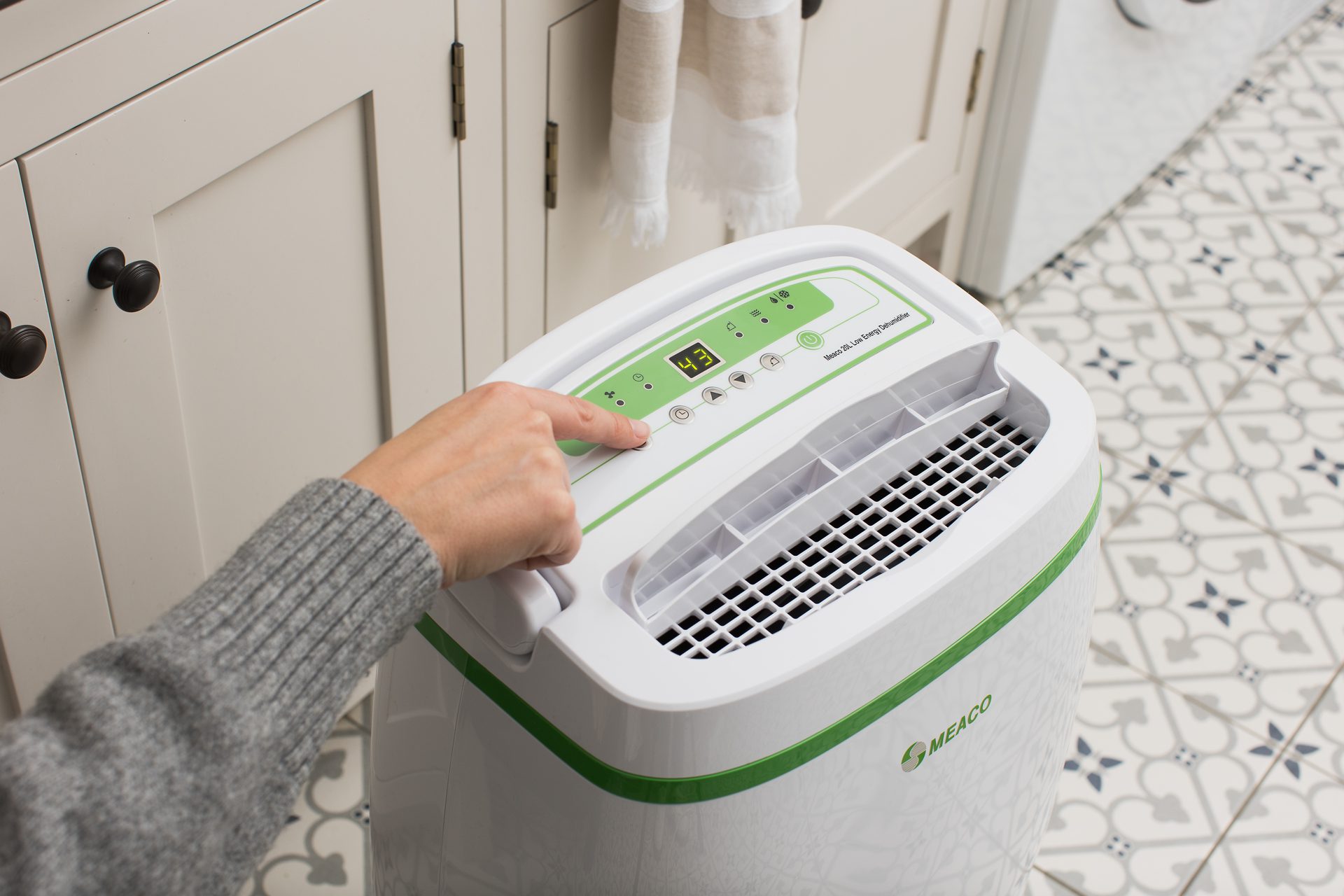
Which Dehumidifiers Can Do More Than Just Extract Moisture, Which Can Double Up As An Air Purifier As Well?
Many dehumidifiers can now be fitted with HEPA filters so they can purify the intake air as well as extracting moisture. At Meaco, we supply medical-grade H13 HEPA filters to selected compressor dehumidifiers. These can retain 99.75% particles as small as 0.3 micrometers in diameter, making it great for people with allergies like hayfever or other respiratory medical conditions such as asthma.
Because of the heat elements and sensitive parts of a desiccant dehumidifier, we do not supply things like HEPA filters. By putting anything which reduces the air intake onto the dehumidifier, we’re reducing its efficiency and can harm the machine. Equally, if things like sawdust from a garage/workshop got into the mechanics, you could be serving a short life sentence for your dehumidifier.
However, compressor dehumidifiers like the MeacoDry Arete® One and Meaco Low Energy range, are supplied with a H13 HEPA filter. It can be easily inserted into the dehumidifier turning it into a combined dehumidifier and air purifier. You can use this as much or as little as you want – the filter doesn’t have to be in the unit all the time, however when it is, the air in your home is being purified of dust, dirt, allergens, mould spores and VOCs! It’s important HEPA filters are replaced when they change colour from white to dark grey, this tends to be around every 3 months.
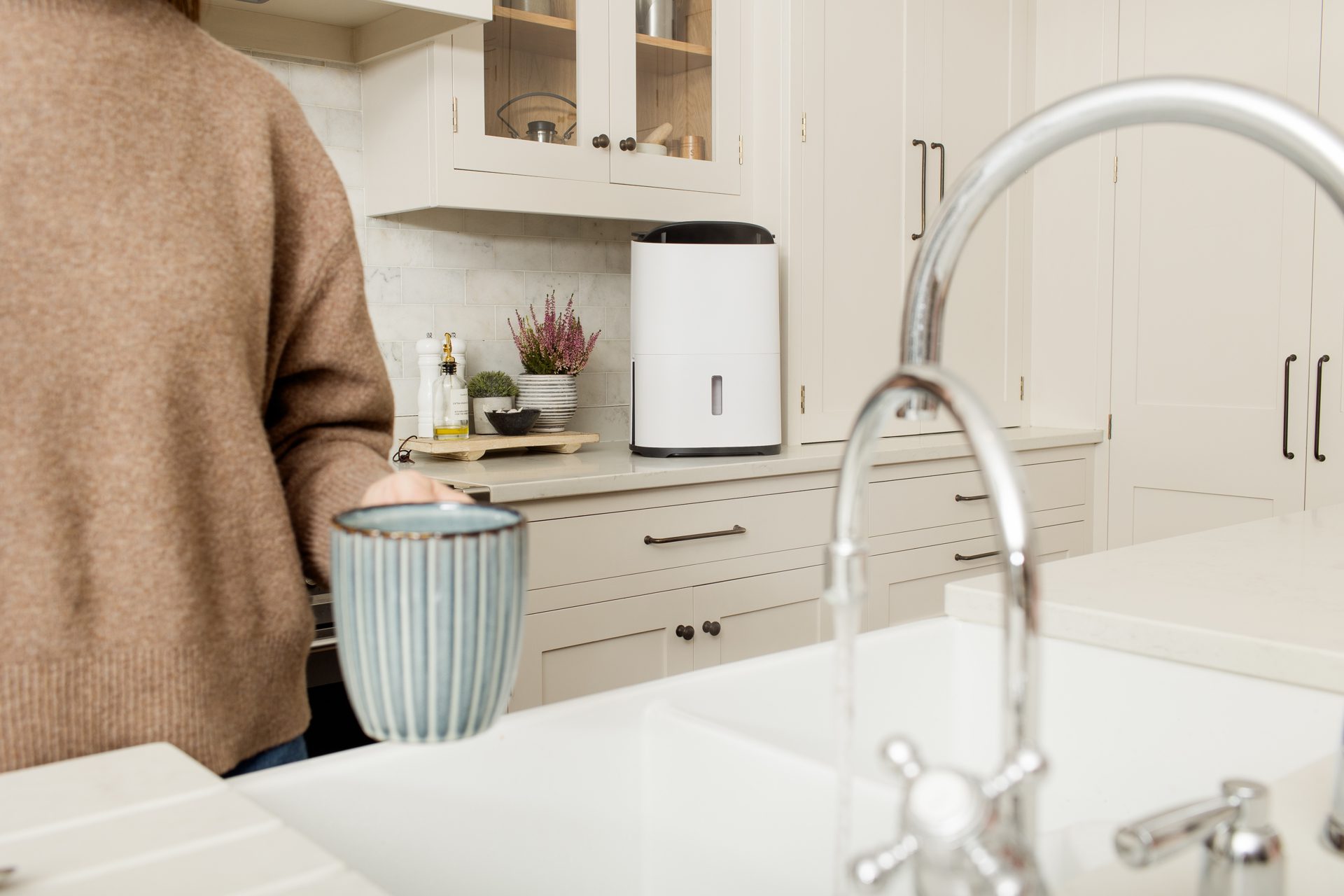
Let’s summarise the desiccants vs compressor dehumidifier debate, each is useful in different applications:
Desiccant
Compressor
Effective in which temperatures:
Desiccant:
Works well in all temperatures and are the recommend dehumidifier below 10°C
Compressor:
Only effective in spaces over 10°C, performs best at 16°C and above
Does it provide heat to the room?
Desiccant:
Yes, desiccants emit some additional warmth which can be useful
Compressor:
No, this does not provide additional heat
Are they effective when drying washing?
Desiccant:
Yes, actually optimal as they extract moisture and add warmth to drying laundry
Compressor:
Yes, these will successfully help you to dry washing indoors
Laundry mode available?
Desiccant:
Most Meaco dehumidifiers come with Laundry Modes. Check the technical specifications for more information.
Compressor:
Most Meaco dehumidifiers come with Laundry Modes. Check the technical specifications for more information.
Which is lighter in weight?
Desiccant:
Lightest and therefore easiest to move
Compressor:
The equivalent sized compressor dehumidifier will weigh an additional 6kg, however lots come with castors
Which has a cheaper cost to run?
Desiccant:
Desiccants are more expensive to run, our MeacoDry DD8L costs 9p / kWh
Compressor:
Compressors are cheaper as a general rule. Our MeacoDry Arete® One 10L costs just 4p / kWh
Which dehumidifier uses less electricity?
Desiccant:
Around 330 watts at 20°C and 60%rh
Compressor:
Between 150-260 watts depending on the size at 20°C and 60%rh
Which generates the lowest noise levels?
Desiccant:
Traditionally quieter, the 8L desiccants in our range are 39 dB
Compressor:
The latest ABC and Arete® dehumidifiers are Quiet Mark accredited, measuring 35dB and above.
Which has the longest lifespan?
Desiccant:
Lifespan is dependent on a lot of factors including the environment and how well the dehumidifier is looked after
Compressor:
Lifespan is dependent on a lot of factors including the environment and how well the compressor is looked after, however, our Arete® range is the only range to come with a free 5 year warranty
Which has the best sizing options?
Desiccant:
Because of the mechanics, desiccants only come in 8L however this is suitable from a 1 bed flat to a 5 bed house
Compressor:
Multiple sizes available for different sized houses
Which can clean the air as well as dehumidify?
Desiccant:
Dehumidify only
Compressor:
Our MeacoDry Arete® One and Meaco Low Energy range are combined dehumidifiers and air purifiers
Best application
Desiccant:
Lower temperatures or places you may want some extra warmth. For example, an unheated conservatory.
Compressor:
Applications over 10C. These are cheaper to run and available in more sizes. Great for home living.
You can see that it is not as simple as many dehumidifier brands make out when they claim that a desiccant dehumidifier – or a compressor dehumidifier is best. This is because they are normally biased towards one or other of the technologies. Hopefully the above will help – but if you are still not sure what’s best for you, give us a call on 01483 234900, email customerservice@meaco.com or comment below and we will be happy to talk it through with you.
Browse our ranges: Compressor Dehumidifiers, Desiccant Dehumidifiers
Products featured: Meaco ABC 12L , Arete® One 10 and 12L Dehumidifier and Air Purifier, Meaco DD8L, Meaco DD8L Zambezi, Meaco Low Energy Dehumidifier 12L




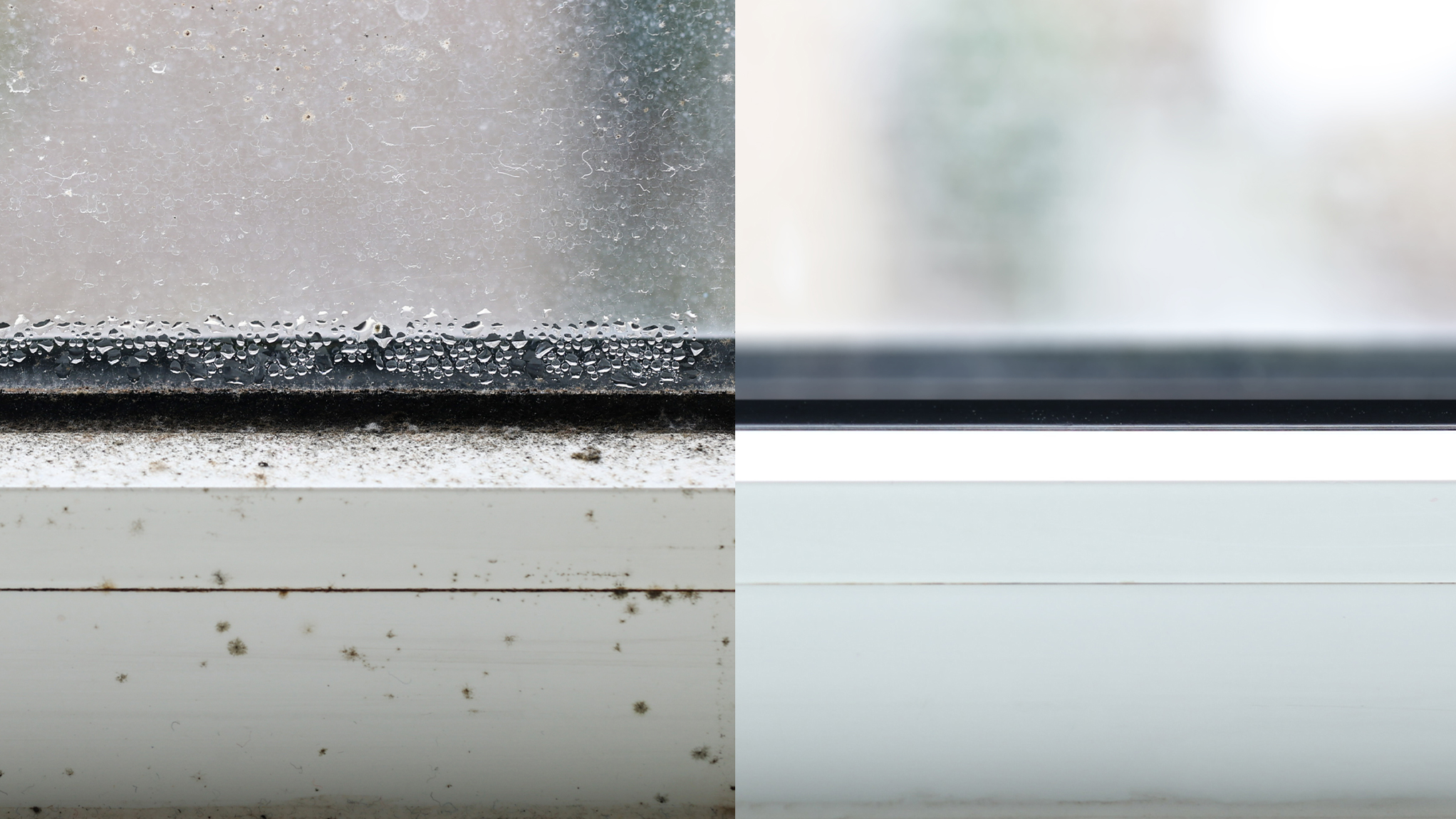

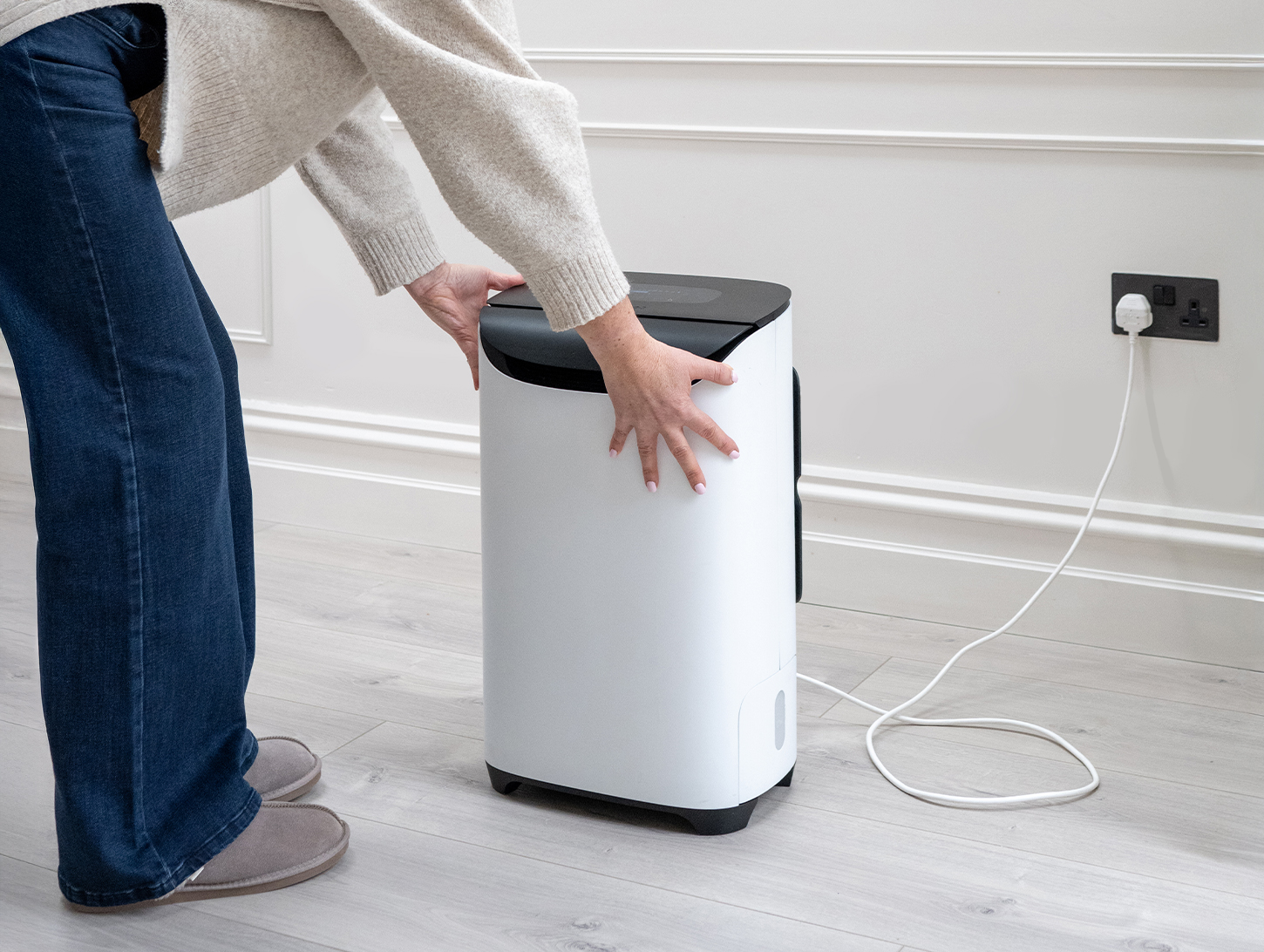
252 responses
Hello and God Bless You!
I am in an apartment with a small interior bathroom that has an exhaust vent but I am still recently having problems with toilet tank sweating issues which drips on the wood floor. What type of humidifier would be best please?
Go for the MeacoDry ABC 12L, that would be best for you.
Hi Chris,
I am looking for a dehumidifier that will also warm my 30 square meter basement in the summer. It’s currently 18 C.
Which model would you suggest?
Thank you!
Go for one of the Meaco DD8L dehumidifiers because they add heat to the space as they dry the air.
Hi Chris, for a diy wet clothes drying room (think cottage in scotland for small group of outdoor enthisiasts), what’s best value unit for idealy 24hr/day operation (say over a weekend), I’ve noticed on some dehumidifiers i’ve owned in the past, when set to their max speed, occasionally they shut off for a hour (fan runs but stops dehumidifying). Max airflow / speed is inportant. Thanks!
Henry,
Sounds like a lovely place to be. The Meaco 25L Ultra Low Energy is defintely the best machine for you.
Chris
We have a garage with no heat. Live in Tennessee with temperatures as low as 25 degrees F or lower sometime. We are storing some furniture in that location and it is getting a musty smell.. The size is 12’x28′ and 7′ high. Which desiccant dehumidifier would you suggest? We have the capability to drain a hose. Thanks for your help.
Betty,
To be honest for a desiccant dehumidifier that is a very simple application. Any of these three would be able to do it very well indeed – https://www.meacousa.com/meaco-products/
Chris
Hi
I’m looking to purchase a dehumidifier and would like some help on which would be best. It would be for a 60sq meter 2 bed flat in the UK, north facing. The windows have a lot of condensation, seems to be worse overnight as in the morning they can be dripping a little. The main bedroom has french doors and the inside of the curtains have a lot of mold spots on them, the wall around the doors too – right next to where I sleep so not nice. The air generally seems quite muggy throughout the day in all rooms. It’s warm, we’re on the 4th floor, have been here over a year now and not put the heating on once. The temperature is 20 degrees at the moment. I have no idea what humidity level is. The bathroom and en-suite have no windows & laundry is being dried on clothes horses all the time. So, would like something that has the power to cover the entire flat, it’s quite spacious so doesn’t have to be too small, (thinking of putting it in the hallway as it’s centre? or bedroom where mold is?), quiet as possible, drys clothes effectively and cleans the air.
Thank you.
Sian,
Thank you for your message, we can certainly help as this is a standard problem that many people have. You can either go for the Meaco 12L Low Energy dehumidifier which comes with a HEPA filter to help capture the mould spores or the Meaco 12L ABC which is quieter (36dB v 41dB). Both will extract the same amount of water so it is a balance between the HEPA filter and the lower noise level.
Place the dehumidifier somewhere central and leave the internal doors open as much as possible to allow the air to circulate to the dehumidifier. Use the dehumidifier to dry the washing, ideally shut the clothes rack and the dehumidifier away in a small room to control the drying process.
If you have an extractor fan then make sure they are being used and open windows in the bathroom(s) and kitchen for 20 minutes after cooking or washing.
Hope this helps.
Chris
Hello Chris
I live in a single glazed, basement of a Victorian terrace house with my daughters room upstairs (the only upstairs room). She has two external walls and a tiny radiator. We are having problems with condensation, mould and penetrating damp in her room. Some one has been to see it and the guttering has been cleared (the reason for the damp). I’ve been told that we just have to wait for the walls to dry out but as its mid winter it seems like a long way off.
Additionally the windowless bathroom is in the centre of the house near her stairs and if you shower for any longer than 5 mins the walls are dripping. There is an extractor but you need to leave it on for a couple of hours before its all dry. As well as all of that there is no extractor hood in the kitchen. Since researching all this I have realised I need to keep the kitchen door open while cooking.
We also dry clothes in the living room. I’m not sure what the humidifer would be? And also with the placement I was thinking in my daughters bedroom first to dry out the wall and then the front room which is next to the bathroom. Its a long skinny house so wouldn’t work in the hallway…
Any advice gratefully appreciated – I’m quite confused.
Anne,
You have several sources of moisture and probably a lot of your problem will be generated by the bathroom, kitchen and laundry drying. I would buy a MeacoDry ABC 12L and run it 24/7 to keep on top of things. These models are quiet enough to run in the bedroom should you wish to.
Chris
Thanks for your quick response Chris. Can I just check that the MeacoDry 12L ABC will work OK in the bedroom at about 11 – 12 degrees?
You will get less moisture than you would do at 20°C but you will achieve the desired humidity. But fixing the extractor fan is crucial in your application.
Hi. I live in a large one bed flat (first floor with attic space) which has always had fairly high humidity levels throughout. The flat only has one night storage heater in the large lounge and one small one in the hall so I have to top up with electric heaters as and when needed (I can’t afford to have electric heaters on for long due to the high cost of Economy 7 day charges). The problem is that the bedroom can drop to 11 – 12 degrees in winter months overnight so I guess a dessicant would be the preferred option as it will work better and also add a little heat to the room. I will also be using it for drying clothes as there is no tumble drier nor any outside washing line. The attic space has extremely bad condensation, partly due to lack of vents, which I am currently trying to get the managing agents to install, and partly because the bathroom extractor blows moist air directly into the loft space rather than being ducted outside. It’s difficult to tell whether the attic condensation is adding to the RH in my flat or vice versa but regardless I need to get the humidity levels down, which can be as high as 85% in the bedroom and 65% in the lounge. So what I’d like advice on please is the best model to get bearing in mind the lower temperature in some rooms, the ability to dry clothes, preferably being reasonably quiet so I don’t upset my neighbours and not being too expensive to run. Thanks.
Sharon,
I I was you I would buy a MeacoDry 12L ABC and get that extraction from the bathroom fixed. Between those two things it will make a huge difference.
Chris
Hi,
I was looking into buying a dessicant dehumidifier after reading your article.
I’m in a one bedroom maisonette, which suffers terrible condensation, where the windows are streaming with water in the mornings this time of year and even some of the walls are damp.
Due to the size of my home, Is a 10L unit large enough or should I go for a 20L unit as my place is so wet?
Thanks.
For you Dawn the best dehumidfiier to buy will be the MeacoDry ABC 12L. It is the right size for your property and the quietest by far which is very important in a smaller property.
Chris
We have an old 2 bedroom holiday cottage in the lake district which we tend to visit every other weekend with a problem of condensation on main bedroom windows and some slight mold. In the 2nd bedroom which is not often used when people stay walls get wet. The cottage does not have central heating (log burner in lounge & fixed convector heaters) so we dont have the heating on when cottage not in use. I presume a desiccant machine would be bes but which one and is there a machine we can leave unattended whilst we are not there.
Liz,
Thank you for your message. The DD8L Junior will be fine for your needs.
Chris